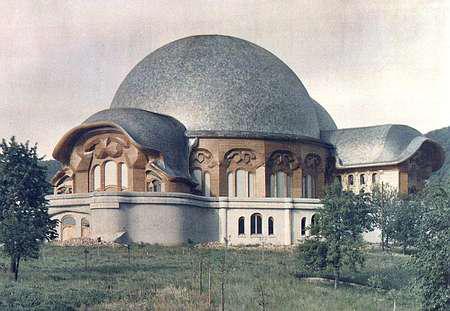Peace
Wherever you look around you, in our time peace has become a shaky, unstable concept, both at large in our society, and also in relationships between people.
Hardly has peace been established somewhere, and it is broken again and superseded by chaos and fighting. Even in the individual peace is often elusive—hardly has our inner life been set at rest, and the storm of our changeable moods breaks out again. In nature it is similar. A peaceful landscape can suddenly be drowned in violent rain, or wither in the scorching heat of the sun. Nature holds up a mirror to us of our chaotic, disturbed world. In brief, nothing is as vulnerable today as peace.
The peace that emanates from Christ is beyond compare with our earthly concepts and ideas: “I leave you the peace: my peace I give to you. I do not give as the world gives.” (John 14:27) When we make an effort to comprehend what we receive with this form of peace, our intellect has to capitulate. What does Christ bestow on us when we for a moment feel His touch with the words: “The peace be with you”? From His suffering, from His death, and from the underworld, He has wrested a substance of peace He always bears with Him, until the end of the world. He is the calm in the storm, the quiet in the chaos, the rise in the decline.
Even if our whole life long we are not able to understand what He bestows on us with this touch, one day we will stand face to face to Him, and He will remind us of what He gave us:
“I leave you the peace: my peace I give to you. I do not give as the world gives.”
– Rev. Bastiaan Baan, June 10, 2025

 In the beginning was the word, and the word was with God, and the word was a god. He was in the beginning with God. All things came into being through him, and without him not one thing came into being. What has come into being had its life in him, and the life was the light of human beings. And the light is shining in the darkness, and the darkness has not taken hold of it.
In the beginning was the word, and the word was with God, and the word was a god. He was in the beginning with God. All things came into being through him, and without him not one thing came into being. What has come into being had its life in him, and the life was the light of human beings. And the light is shining in the darkness, and the darkness has not taken hold of it.